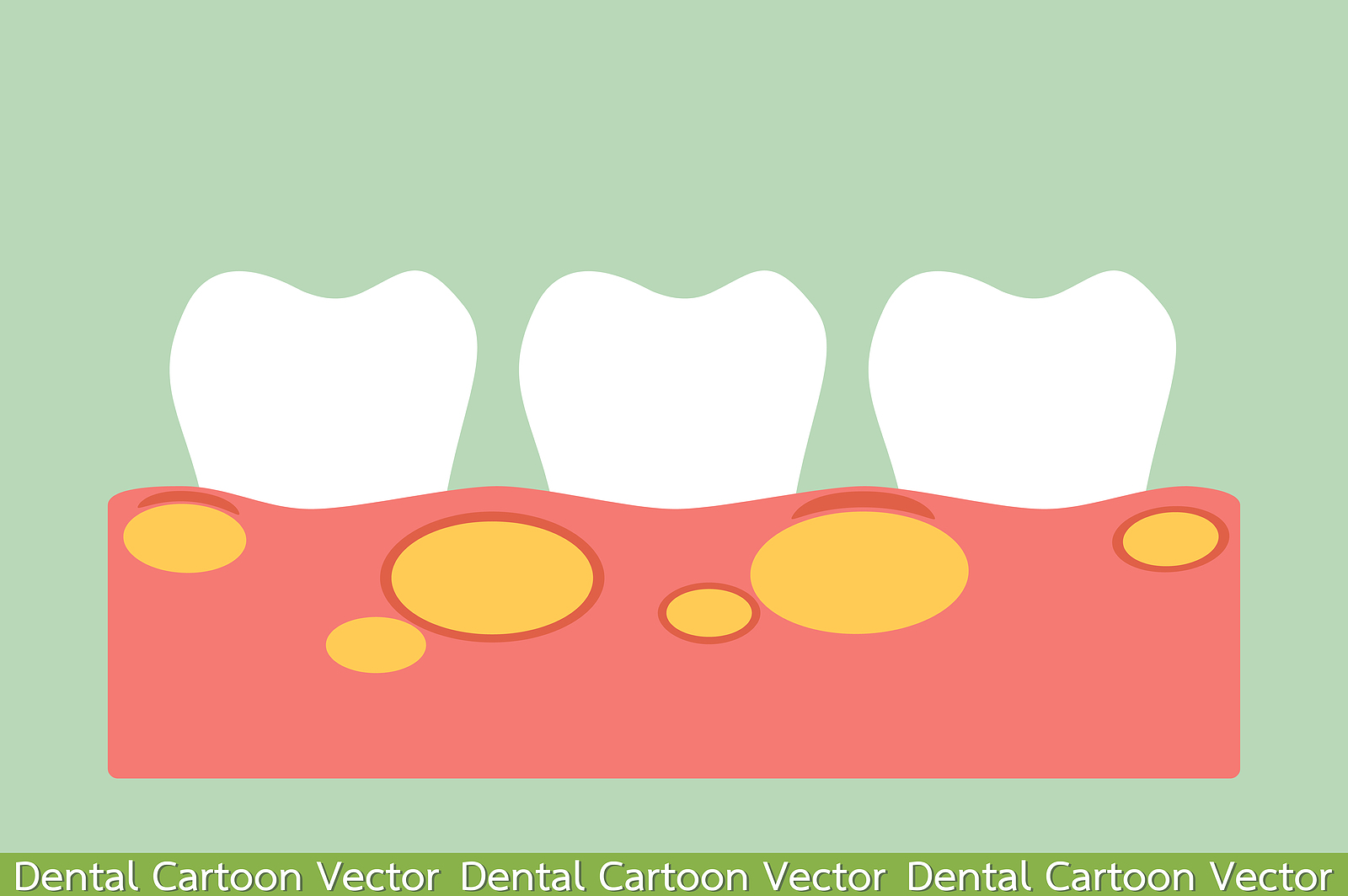Regardless of how it may feel at a given time, a dental abscess will not go away on its own. This is why it is one of the conditions where amoxicillin antibiotics will typically be prescribed either before or following dental treatment.
Besides causing a tremendous amount of pain, a dental abscess and the bacterial infection that causes it can be potentially serious, and should be treated urgently in order to avoid long-term damage to your teeth, gums and jawbone.
A short course of antibiotics can help treat a number of infections in the mouth, including dental abscesses, and if an urgent dental appointment is not available without delay, it can be a way to help reduce or relieve the infection whilst waiting for this appointment.
Leaving a dental abscess creates the risk that it will get worse, get bigger and cause more long-term damage to your teeth or potentially lead to life-threatening complications such as sepsis.
Here are the different stages of a dental abscess, but whilst abscesses can vary significantly from person to person, there is a lot of overlap between stages, and some abscesses will progress more slowly than others.
Stage Zero – Root Causes
As a dental abscess is a symptom rather than a disease in and of itself, it does not appear in the mouth without a previous root cause, which, in the case of a tooth abscess, is found close to the root of the tooth itself.
The dental pulp, the soft, sensitive centre of the tooth where the nerve endings are, is typically protected by multiple layers of enamel, dentin and gums, but if the pulp happens to be exposed, there is a risk that bacteria that are commonly found within the mouth can infect it, which can create a swelling.
Alternatively, a dental abscess in the gums is typically linked to advanced stages of gum disease.
Managing tooth decay at this point with the help of a dentist can reduce the risk of an abscess significantly, and few people will notice more than tooth sensitivity.
However, if you have any concerns, let your dentist know, and they may be able to help at even this early stage.
Stage One – Pulp Infection
The first stage of a tooth abscess is when your dental pulp is infected, and the bacteria travel from there to the tip of the tooth root and create a dark circle.
At this point, you will not see the abscess per se, but you will be able to feel it. Due to the pressure of the pus building up within the bone of your tooth, it can be extraordinarily painful, and this is when a lot of people seek an emergency appointment for a toothache.
At this early stage, a root canal can help relieve the pressure, remove any infected pulp, drain the abscess as it has formed before and seal, fill and fix the tooth. Sometimes, this can be enough on its own, but antibiotics can also be provided to help fight the infection during complex treatments.
Stage Two – Gum Boil
Not to be confused with a gum abscess, the second stage of a tooth abscess is when the infection creates a hole in the bone and creates a visible pink swelling that often looks like a spot known as a parulis or gum boil.
What is quite odd and can be somewhat dangerous is that many people actually feel better during this stage of the disease because the pressure has been somewhat relieved, although the parulis can still be somewhat sensitive and painful.
It can be burst or burst on its own, but whilst this will provide temporary relief and a foul taste in your mouth, it does not remove the infection and can, in fact, cause it to spread further.
At this stage, antibiotics will be necessary, and it can be a somewhat complex root canal to fix the issue and completely drain the infection.
Third Stage – Facial Swelling
A far more serious symptom is when the side of the face where the abscess is located starts to swell up. This swelling will not only not go away, but it will continue to grow at a varying rate if it is left untreated.
It will often grow to the size of a golf ball, which not only will look concerning, but it will also feel quite painful to the touch, when you are chewing or even if something brushes against it, depending on where it presses on the nerves.
A dentist will need to drain the swelling, removing all of the pus from the cheek or the jawbone, before determining the state of the tooth.
At this point, it is possible for the tooth to be in a strong enough condition to survive a root canal, but in other cases, it may require an extraction.
Stage Four – Serious/Life-Threatening Complications
Once the swelling starts to increase significantly, the risks of serious complications from the dental abscess start to increase.
At the lower end, the pressure of the swelling combined with the tooth decay can cause a complete breakdown and destruction of your tooth, but there are a couple of instances where an abscess can require a trip to the accident and emergency department.
One of these is sepsis; as mentioned before, if the infection spreads to other parts of the body, it can create a life-threatening situation, although it tends to be less common unless someone has a weakened immune system.
Another issue is that, depending on where the swelling is located, it could potentially close off the airway, making it impossible to breathe.
At this point, hospitalisation is likely, and any dental treatment that takes place will be whilst in the ward.
The abscess and swelling will be drained from both the inside and outside of the mouth, a process that may take a few days, whilst antibiotics will be provided intravenously in order to ensure that the infection is completely drained.
Typically, the sheer pain, discomfort and swelling will ensure it will not reach that level, but at no stage should a dental infection and abscess be ignored.







